The Slipped Disc daily comfort zone (215): Keeping time
mainGet your day ticking with the clock.
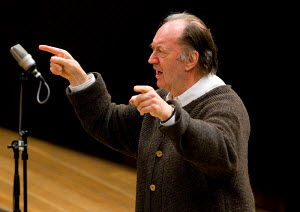

Arturo Benedetti Michelangeli, b. Brescia, January 5, 1920…
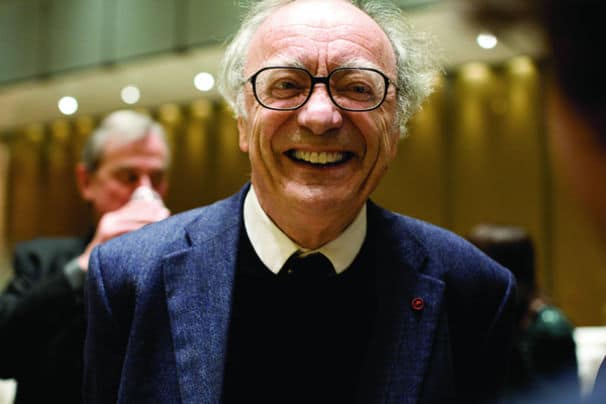
The baroque violinist Tekla Cunningham has founded a…
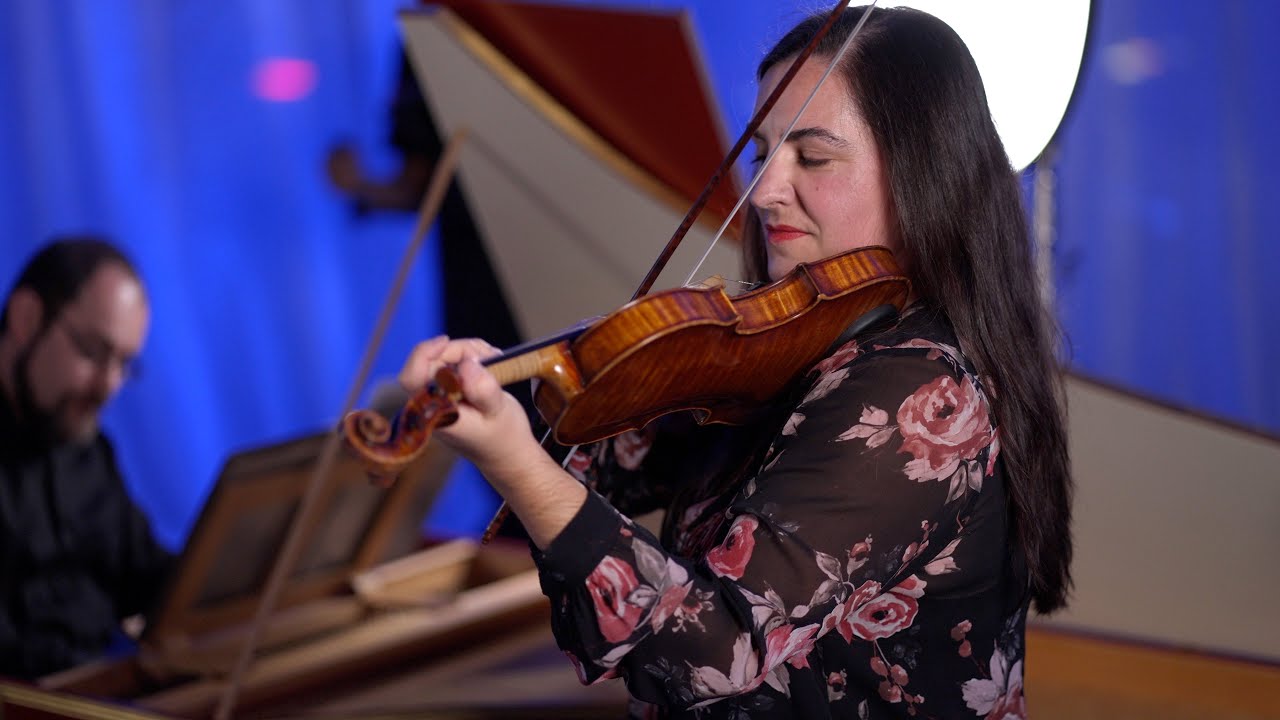
The Czech National Theatre has started the year…
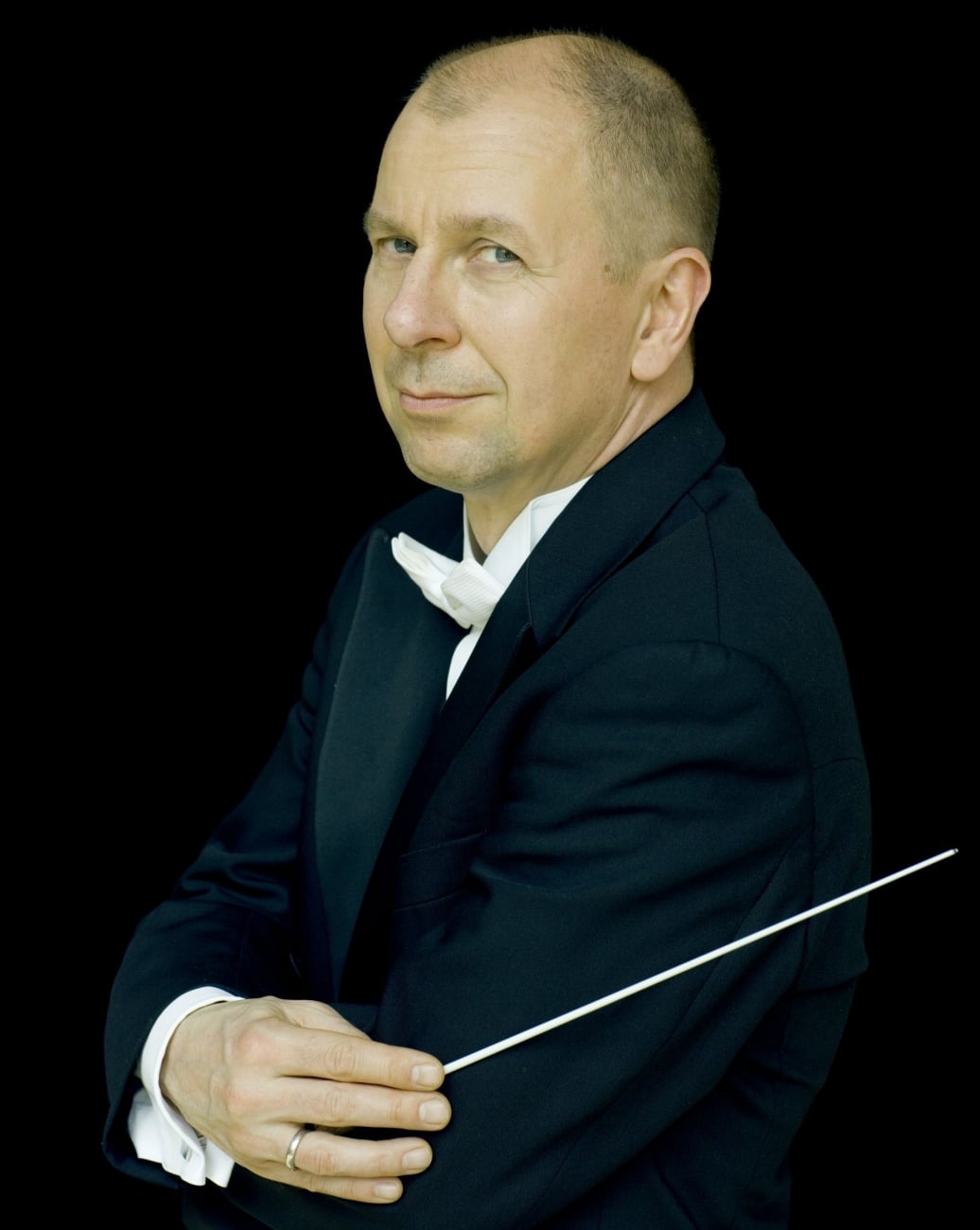
The death has been announced of Andrzej Klimczak,…
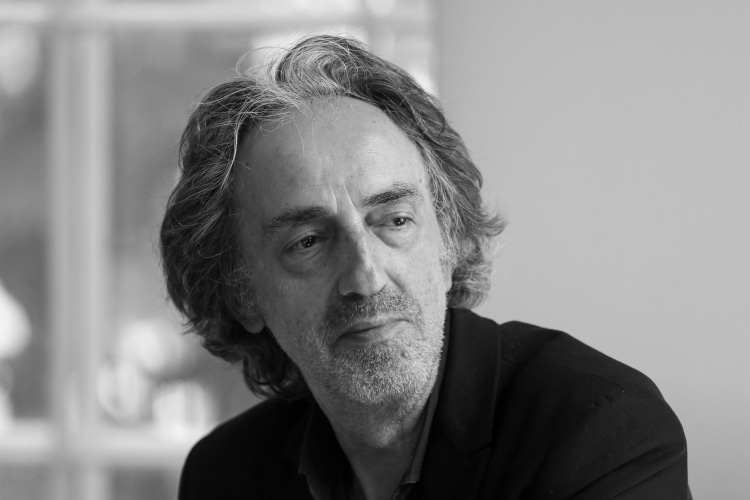
Session expired
Please log in again. The login page will open in a new tab. After logging in you can close it and return to this page.
A witty counterpoise to Ligeti’s Poeme symphonique! Bravo!
The “Clock” is the ninth of Haydn’s London Symphonies. His music features heavily in my music library. If he were alive today I would certainly invite him to dine with me at my Georgian residence in Merrion square, Dublin and play my Ferdinand Weber harpsichord.
I came across an interesting report the other day in the journal The Laryngoscope, by ENT Consultant, Peter Neugebauer MD based at the ENT clinic in Cologne.
Historical Vignette: The “Case” of Joseph Haydn: A Rhinological Patient During the Eighteenth Century
https://onlinelibrary.wiley.com/doi/full/10.1097/00005537-200007000-00002
On many occasions, the well‐documented pathography of a famous person provides detailed information about diagnostics and therapy and we can learn how experience of past centuries still influences medical practice today. The otological case of Beethoven’s deafness has been discussed often, but the rhinological disease of his colleague and teacher, Joseph Haydn, has seldom been mentioned.
Joseph Haydn suffered for more than 30 years of his life from nasal polyps. One can find several reports about his troublesome disease and repeated surgical treatments. The earliest report about the nasal polyposis was documented by Haydn himself. On April 8, 1783, he wrote to his editor Artaria in Vienna.
“My recurrent unfortunate condition which means the operation of a polypus in the nose has made me completely unable to work. Concerning the new songs you will have to wait patiently for 8 to 14 days until my weak head with the help of God will regain its former strength”.
Obviously, Haydn was an experienced patient. He knew about the recurrence of his chronic disease and the routine course of its surgical treatment. Who were the physicians of this famous composer, and what was the preferred operative technique at the end of the 18th century? Biographer Georg August Griesinger (1769–1845) reported several interesting details:
Haydn complained of a polypus in the nose, which was ligatured by a surgeon of the monastery “Friars of Charity” in Eisenstadt three times within 30 years when the polypus dropped down and hindered respiration…. Haydn used to say: “I have to leave this fellow to putrify under the earth. My mother complained of the same disorder and it didn’t kill her.”
From 1761, Haydn was engaged as composer and conductor by the aristocratic Austrian family Esterházy. For most of the year, Haydn had to stay in Eisenstadt (Austria), the preferred residence of Prince Esterházy. The surgeon of the monastery “Friars of Charity” in Eisenstadt has remained anonymous until the present: Our research has determined that Friar Leo Koch was Prince Esterházy’s personal surgeon during the 1780s.
The name index of the monastery “Friars of Charity” in Vienna gives the date of Leo Koch’s ordination as April 17, 1777. He was the prior of the monastery in Eisenstadt. It is extremely likely that Leo Koch was at least one of Haydn’s surgeons in Eisenstadt. Koch’s surgical technique was the ligature of nasal polyps.
A thread or wire was tied around the base of the polyp and ligatured for several days until the anaemic polyp fell out of the nose. The ligature was the preferred technique in the 18th century, since lethal bleeding was rare. Haydn was operated on for a fourth time in Vienna by Johann Alexander Knight of Brambilla (1728–1800), the personal physician and surgeon of Emperor Joseph II. Haydn must have been very discontented with Brambilla’s surgical technique and the postoperative result. Biographer Albert Christoph Dies (1755–1822) noted retrospectively in 1810:
Haydn had to suffer surgical treatments again and again and was discontented even under the hands of the famous Brambilla, although losing a part of the nasal bone, he still was not completely cured of the polyps.
The date of the fourth operation is not documented, but it must have taken place before 1795, the year of Brambilla’s retirement. Obviously, Brambilla’s preferred technique was the more painful extraction or excision of nasal polyps. It is very unlikely that he partially removed the nasal bone. Probably, Brambilla accidentally resected an osseous part of the middle or inferior turbinate and Haydn took this tissue to be a part of the nasal bone.
In 1781 Brambilla, in his manual “Instrumentarium Chirurgicum Viennense,” described many tools for use in the treatment of nasal polyps. The archives of the Institute of Medical History in Vienna owns a copy of this book . In the same archive there is a box containing surgical instruments called “Red Box XIII pro polypis narium” , which correspond exactly in form and arrangement with the figures in Brambilla’s manual).
It seems very likely that these are Brambilla’s original tools and that Haydn could have been treated with them.
Haydn was already, during his lifetime, a famous and acknowledged composer; thus he was invited to visit England two times. During his first stay in England (1791–1792) he consulted the famous anatomist and surgeon John Hunter (1728–1793). Haydn noted in his first London notebook: “Mr. Hunter is the greatest and most famous surgeon in London. Leicester Square.”
Haydn must have been an acquaintance of the Hunter family, since Hunter’s wife, Anne, was the librettist of Haydn’s English Canzonettas (Hob. XXVIa Nos. 25–30) and songs.
Hunter advised another operation of the nasal polyps. However, the experience of Brambilla’s treatment must have caused Haydn’s further scepticism toward any other surgical procedure. The biographer Dies noted the following personal communication from Haydn :
The famous surgeon Hunter practiced daily and always successfully surgical treatments. He inspected my polyps and offered to cure me of the disease. I agreed, partially, but the operation was postponed and finally I forgot about it. A few days prior to my departure Mr. Hunter asked me to visit him due to some urgent circumstances. I went there.
After the opening compliments some robust fellows entered the room, seized me and tried to force me on a chair. I yelled, punched and trampled with my feet until I managed to free myself. Mr. Hunter was already in stand‐by, with his surgical tools but I made him understand that I didn’t agree with the operation. He wondered about my obstinacy and he seemed to feel sorry for me because I wasn’t eager about testing his skills. I apologised for my lack of time caused by my impending departure and took leave of him.
In 1792, Haydn returned from London to Vienna. During the following months the nasal polyposis must have become worse: Haydn postponed his second journey to England for 1 year. On January 17, 1793, the English Diary; or Woodfall’s Register, noted :
Haydn the great composer is prevented from visiting this country as early as he expected, by a polypus in his nose, on account of which he has been obliged to undergo a painful operation, but without the desired success.
The following day, the Morning Herald also reported Haydn’s indisposition :
Poor Haydn continues in Germany to be very ill: but composing for England and promising to come over when he can. He is afflicted with a tedious and painful disorder, a polypus in the nose, for which he is immediately about to suffer an operation.
Haydn returned to England in 1794. Another medical consultation by Hunter could not take place because the famous surgeon had died in 1793. During Haydn’s second stay in England, the painter George Dance made a pencil drawing of the composer Haydn himself praised this portrait in 1799 as the best of all which had been done. Dance documented the physiognomy with a conspicuous detail: Haydn seems to breathe with his mouth open. This finding might be symptomatic of a nasal closure caused by polyps.
When Haydn died of cardiac insufficiency on May 31, 1809, at the age of 77, he was an extremely old man for that time. His servant Johann Elssler made a death mask. Whether the original mask still exists is unknown today.
The mask shows a slight prominence of the right cheek, which could be a symptom of Haydn’s long‐lasting polyposis. A morphological correlate to a malignoma of the nose, the paranasal sinuses, or the maxillary bone is not evident. Because he complained for more than 30 years of this disease, there is no doubt that the rhinological diagnosis was polyps of the nose and paranasal sinuses. The relapse of nasal polyps is a typical finding in the follow‐up of recurrent intranasal polypectomy.
Haydn was buried in Vienna on June 1, 1809. A few days later, the grave was exhumed unnoticed. The administrator of the provincial Austrian prison, Johann Nepomuk Peter, with accomplices, stole the skull because of their enthusiastic interest in phrenology. Franz Joseph Gall (1758–1828) had developed the theory that a person’s character and talents are represented in the typical shape of his or her head. The sacrilege was first noticed in 1820, when Prince Nicolaus Esterházy decided on transferring Haydn’s body to the royal burial vault in Eisenstadt. It was proven that Peter and his accomplices were guilty of this crime, but they delivered, with intent to defraud, the skull of another corpse. The macabre imposture succeeded.
After a strange odyssey during the following years, the real skull was studied in 1909 by Julius Tandler (1869–1936), an anatomist in Vienna. He described the frontal maxillary process on the right side as remarkably prominent, which is congruent with our finding of a slight cheek prominence in the death mask. Tandler reported that the nasal cavity and the ethmoidal cells on the right side were much wider than those on the left side. Especially, the lateral wall of the inferior meatus on the right side was extended to such a point that the maxillary sinus seemed to be narrowed. This could be the result of a long‐lasting chronic inflammation and pressure by nasal polyps.
In 1954 the authentic skull was buried in Haydn’s grave during a solemn ceremony in the Mountain Church in Eisenstadt, Austria. Haydn complained of a recurrent polyposis of the nose and paranasal sinuses and was operated on four times. The practiced extraction, excision, and ligature of the polyps were the current and modern surgical techniques in his time. Over the years, however, the painful procedures, the fear about complications, and the relapse of the disease made him sceptical toward the surgical treatment.
There is no doubt that the chronic disease repeatedly prevented Haydn from composing for a few days or several weeks during a period of 30 years. Haydn himself mentioned this fact.
Fortunately, Haydn was not always or regularly disabled from composing by his nasal polyps. His extraordinarily voluminous and excellent musical opus demonstrates that the disease was not time‐consuming.
Doc, your posts about composer ailments are always fascinating. It just shows how much medical science has advanced, with no anaesthesia, antibiotics, IV, antiseptics, operations then must have had high mortality outcomes. It was lucky Haydn’s polyps did not stop him composing.
There is a Ferdinand Weber harpsichord in the National music in Dublin, I think he lived in Aungier street, the upright one was in Luggala.
Thanks.
Nikolaus Harnoncourt (Graf Nikolaus de la Fontaine und d’Harnoncourt-Unverzagt), cellist and conductor, born 6 December 1929; died 5 March 2016
Born in Berlin into a noble family and brought up in Graz, Austria, Harnoncourt was descended from various Holy Roman emperors and other European royalty. His father, Eberhard de la Fontaine Graf d’Harnoncourt-Unverzagt, was an engineer and civil servant, and his mother, Ladislaja Gräfin von Meran, Freiin von Brandhoven, was the granddaughter of the Habsburg Archduke John (1782-1859). Harnoncourt was a cello pupil of Paul Grümmer and of Emanuel Brabec at the Vienna Music Academy. He also played the viola da gamba.
One son, Eberhard, a violin-maker, died in 1990 in a road accident. He is survived by Alice, their sons Philipp and Franz, and daughter, the mezzo-soprano Elisabeth von Magnus.
And he is still so very much missed!!
Fascinating. Thanks for this interesting bit of info. Here we have an essay on Haydn’s nose, and bit later in Mr. Lebrecht’s timeline Jimmy Durante makes an appearance. Coincidence?
Durante’s conk was world famous however he did not have polyps like Haydn.
And NH’s cousin the late Anne d’Harnoncourt was for several years the Director of the Philadelphia museum of Art.
And his uncle, René d’Harnoncourt, was Director of the New York Museum of Modern Art.
When composer Johann F Reichardt visited Haydn in 1808, he found Haydn at a table in a simple but clean gray suit and carefully curled and powdered wig. “He sat stiffly, almost rigidly, with both hands on the table, not unlike a wax figure.” Reichardt was relieved that when he was introduced Haydn actually seemed familiar with his name. Haydn said he was happy to see an artist with a kind and honest face, and said “Still young and fresh [yet Reichardt was at the time 56 years old!]. Ah, I have used my mind too much, and am a child again” at which time Haydn began to weep and become agitated. The ladies who cared for Haydn wanted Reichardt to leave, but Haydn begged him to stay and asked that he visit at least once a week. The visit lasted an hour, after which Reichardt went to visit Beethoven.
I have his visiting card as a fridge magnet from the Haydn Haus. Yes he was a wonderful soul.
in the early 1970s I travelled to Vienna and early on a Saturday morning I was at the doorstep of the Haydn Haus. As it was early the place was still closed but the live in caretaker noticed me and opened the door to give me a personal tour. I had no German and he had no English but we both had evident reverence for the great man. when the caretaker showed me Haydn’s pianoforte, he removed the protective plastic covering from the keyboard and beckoned me to play, which I was much too diffident to do, irrespective of the fact that I can’t play an instrument.
I think it was a Schantz forte piano. I played it once when I visited. It reminded me of an old Pub piano in Galway.
Can’t ever have too much information.
I have an interest in composer ailments, I have a book on what they died of!
Carl Maria von Weber for example apart from TB and a gammy hip, suffered from Piles.
When I see the picture of Harnoncourt I cannot click on play fast enough. For me, he is the best interpreter of Haydn. I’m sure others will disagree!
Definitely a top Haydn interpreter, who had few equals and no superiors.